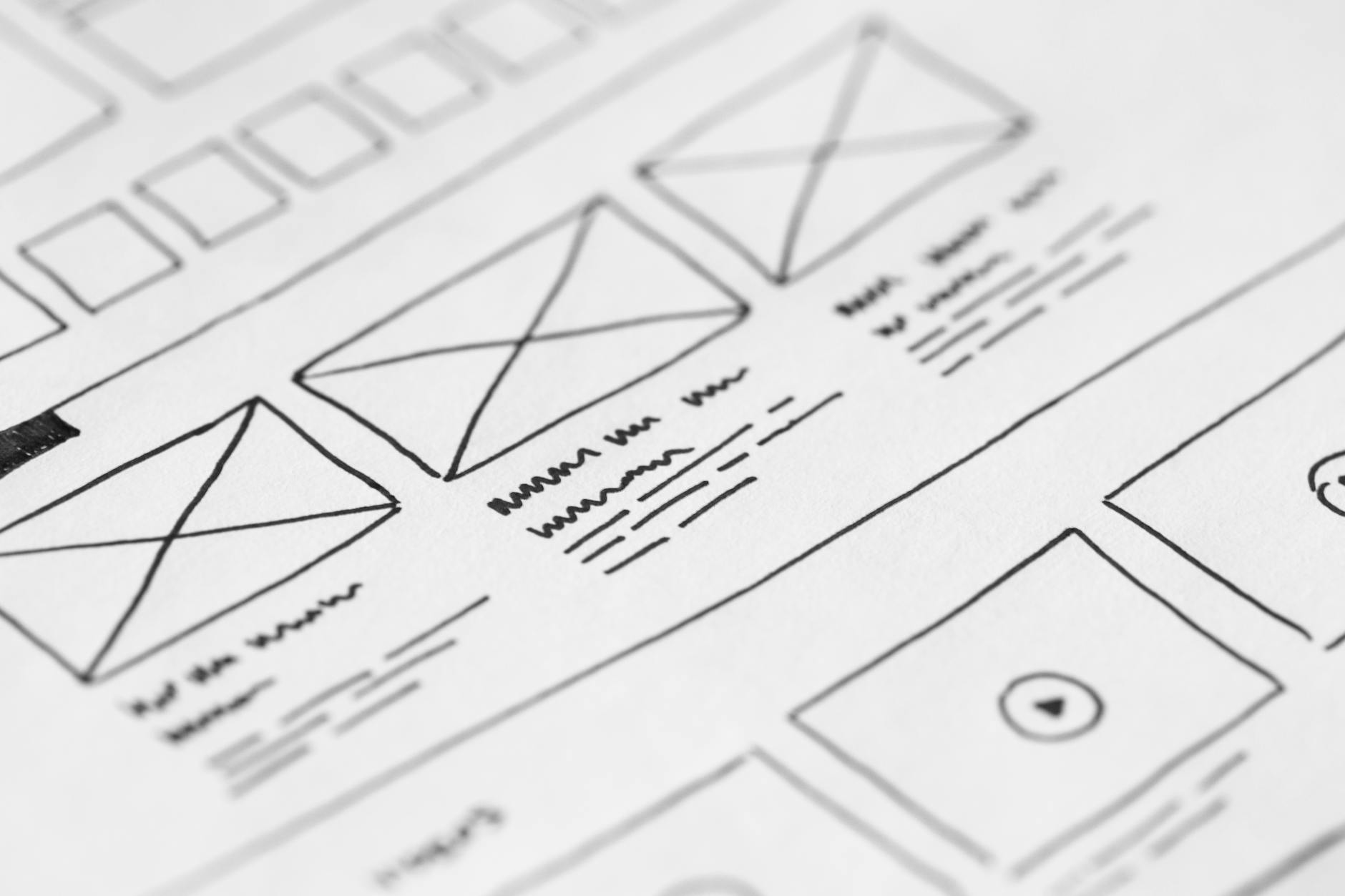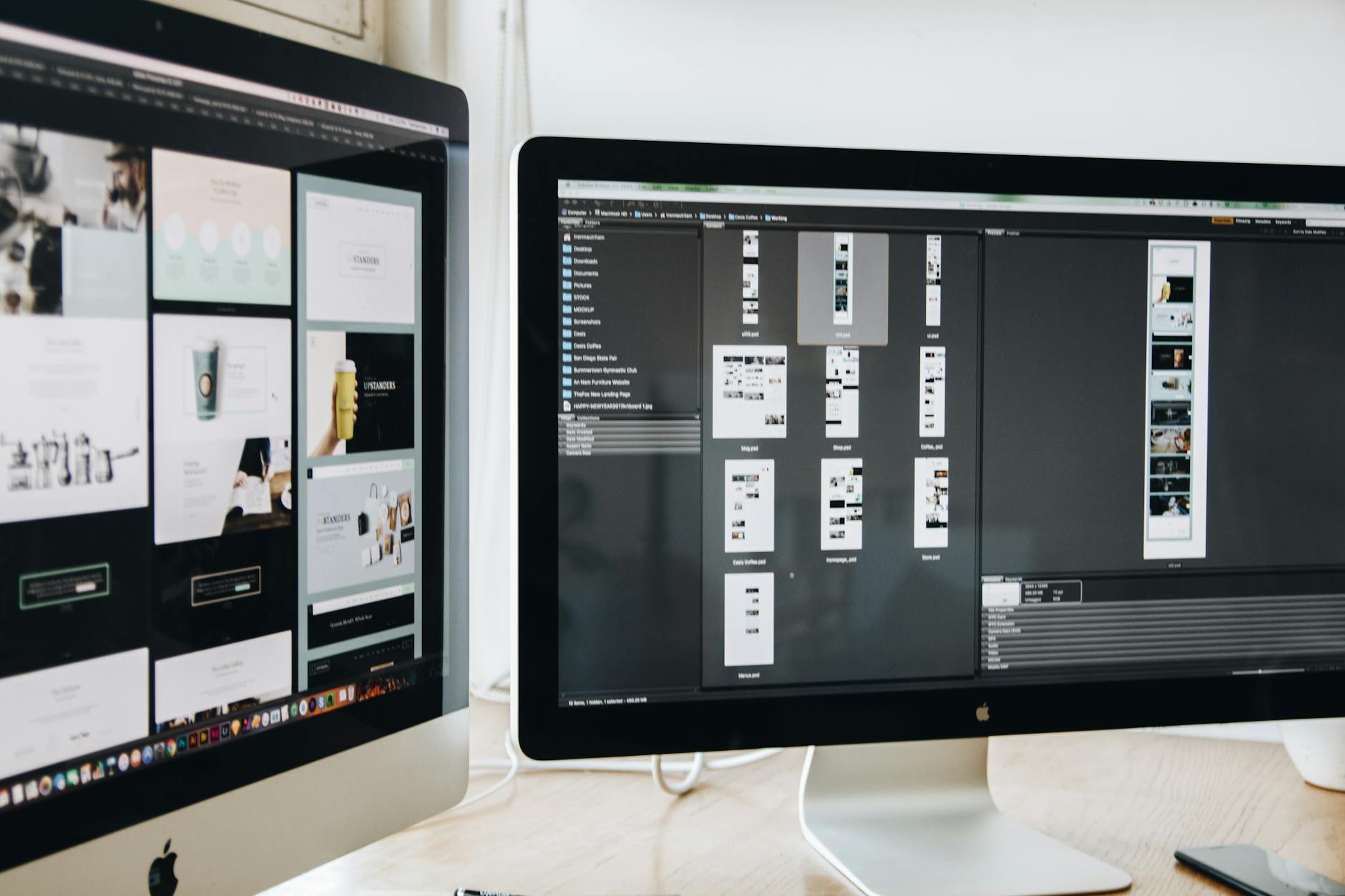UI Designer Roadmap 2025: Skills, Tools, and Steps to Get Hired
Hiring for UI designers is heating up in 2025, and the bar is higher. Teams want people who can shape clean interfaces, move fast, and ship with confidence.
A UI Designer Roadmap is a clear plan, not a guess. It maps skills, tools, and projects into practical steps, so you know what to learn and when. If you are starting out, it cuts noise, keeps you focused, and turns practice into a portfolio that hiring managers understand.
This year, a few trends stand out. AI moves into daily workflows, from idea sketches to handoff checks. Mobile-first thinking wins, with responsive patterns and touch states done right. Design systems and tokens matter more, so your work scales. Accessibility is not optional, and microcopy clarity affects outcomes. Handoff gets tighter, so you should speak dev basics and test your designs.
In this post, you will get a simple, honest UI Designer Roadmap for 2025. We will cover core visual skills, UX essentials that support UI, the must-use tools, and how to practice with real projects. You will see how to build a tight portfolio, plan your learning, and prepare for interviews. By the end, you will know your next steps and how to start today.
Master the Basics: What Every Aspiring UI Designer Needs to Know
 Photo by picjumbo.com
Photo by picjumbo.com
Your UI Designer Roadmap starts with fundamentals. Think user-centered design, color theory, typography, and layout basics. Learn how screens look and how they work. These skills turn ideas into clear, friendly interfaces people enjoy.
UX vs UI: Clearing Up the Confusion
UX is the full journey, from first touch to task completion. It covers research, flows, content, and how smooth the product feels. Picture a food delivery app: UX decides the sign-up steps, the menu structure, and how fast you can reorder.
UI is the surface you touch and see. It shapes screens, buttons, spacing, color, and motion. In that same app, UI defines the add-to-cart button style, the rating stars, and the tab bar icons.
Both roles feed each other. In 2025, teams expect UI designers to understand UX flows so screens match goals. For a quick primer, read Figma’s guide on the difference between UI and UX. Build both muscles early and your work will click with users and hiring managers.
Key Principles to Build Strong Designs
Strong UI rests on a few core rules you can apply today.
- Consistency: Use a stable grid, repeat spacing, and a clear set of components. Save tokens for color, type, and radius to keep updates simple.
- Hierarchy: Guide the eye. Use size, weight, and contrast so the title leads, the action stands out, and the rest supports.
- Accessibility: Meet contrast ratios, add clear labels, and design for keyboard and touch. Support larger text and readable line lengths.
Quick ways to practice in 2025:
- Color: Start with a neutral base and one accent color. Test contrast at each step.
- Type: Pair one family with two roles, like H1 and Body. Keep line height generous.
- Layout: Use an 8-point spacing scale. Stick to simple grids, like 4 or 12 columns.
- User-centered checks: Ask, can a first-time user finish the main task in three taps?
Need a simple overview to compare roles as you learn? Coursera’s guide on UI vs. UX design is free and beginner friendly.
From Learning to Landing Your First UI Design Job
 Photo by Tranmautritam
Photo by Tranmautritam
You have the basics. Now turn skills into traction. Use this part of your UI Designer Roadmap to move from practice to paid work with a clear plan.
Crafting a Standout Portfolio That Gets Noticed
Aim for 3 to 5 strong projects. For each, show the full arc: brief, user research, insights, flows, wireframes, visual design, and a short outcome. Use tight storytelling. Start with the problem, explain decisions, and end with what changed. One project can be a redesign, one can be a mobile-first build, and one can show design system thinking.
Where to host:
- Behance for reach and quick feedback.
- A simple personal site for control, speed, and SEO.
- Dribbble shots to tease, then link to full case studies.
Tips that work:
- Lead with your best work and a one-line role summary.
- Use scannable sections and bold cues for key insights.
- Add a 30-second project video or prototype link.
- Show constraints, not perfection. Teams hire problem solvers.
For structure inspiration, study the guidance in Creating a Standout Design Portfolio: The Ultimate Guide. Keep it honest, visual, and focused on impact.
Job Search Strategies for New UI Designers
Start with platforms that convert: LinkedIn for roles and networking, Dribbble for visibility, and niche boards for junior or contract work. Set a weekly pipeline: 5 tailored applications, 2 outreach messages to designers or hiring managers, and 1 mock project or prototype post.
Target titles like Junior UI Designer, Product Designer I, Visual Designer, or UI/UX Designer. New roles to watch: AI UX specialist, design technologist, and design ops associate. Entry-level pay in 2025 often falls near 55k to 80k in the U.S., with freelance rates around 25 to 50 dollars per hour, based on skill and city.
Interview prep:
- Common questions: walk through a case study, discuss trade-offs, handle feedback, and explain a handoff.
- Bring a PDF portfolio and a Figma link. Keep a 5-minute walkthrough ready.
- Resume tips: one page, active verbs, impact bullets, and tools last. Add certifications like Google UX, Figma badges, or accessibility training.
Freelance can bridge the gap, build proof, and fund your search. Keep momentum, track results, and refine. Your UI Designer Roadmap is a path, not a guess. You have this.
Conclusion
The UI Designer Roadmap you followed here stays simple on purpose. Learn the basics, add key UX support, practice with real briefs, then ship work that tells a clear story. Build a focused portfolio, plan your week, and prep for interviews. These steps keep you moving and help you get hired in 2025.
This field is alive right now. AI speeds up drafts, systems scale your work, and good handoff makes teams faster. The bar is higher, and that is good news. Skills stand out when they are real, repeatable, and tied to outcomes.
Start with one skill today. Tune your type scale, audit color contrast, or rebuild one screen with an 8-point spacing system. Record what you learned, and turn it into a case study next week. Small progress wins interviews.
If you want more structure, study Figma’s resource library, the Google UX Certificate, or a focused UI course like Learn UI Design. Read about accessibility basics, motion principles, and design tokens to round out your toolkit. Keep it steady, keep it honest, and keep shipping.
Your UI Designer Roadmap is a map you can trust. You have clear steps, the right focus, and momentum on your side.